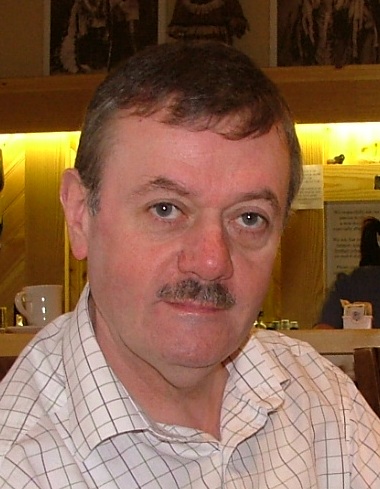Among the industrial prisoners charged with crimes against humanity were 24 managers of IG Farben, an organization without whom, according to U.S. Chief Prosecutor General Telford Taylor, the Second World War would not have been possible.
In 1925, IG Farben, Interessengemeinschaft Farben, (Association of Common Interests), became a powerful cartel of German chemical and pharmaceutical companies such as Bayer (the aspirin manufacturer), BASF, AGFA, and Hoechst (now known as Aventis).
By 1933, the IG Farben group had become the largest chemical and pharmaceutical corporation in the world. And even today, although it doesn't use the name IG Farben, its companies remain the most powerful transnationals on the planet in pharmaceuticals, chemicals, and agro-chemicals.
The cartel, later known as the Devil's Chemists, used unwilling inmates of the concentration camps as slave laborers and as guinea pigs to test chemicals, pharmaceuticals, and vaccines. Tens of thousands died, and those who became too ill to be of any use were murdered in the gas chambers.
IG Farben worked closely with the Nazi regime and with the SS and was perhaps the most important dynamic in driving the Nazi war machine, donating some 80 million Reichsmarks in return for chemical, pharmaceutical, and petrochemical industries seized from occupied countries.
Yet they could not have gotten to a position of such power without huge investment from John D. Rockefeller and his Standard Oil Company. Together with Rockefeller they set up a company called Standard IG Farben.
Although he knew it would be used for war purposes, Rockefeller was able to organize a shipment of 500 tons of tetraethyl lead to IG Farben in 1938 which the Luftwaffe needed for aviation fuel. Amazingly, a year later, with war about to break out, he supplied them with up to $20 million of tetraethyl lead, which directly enabled Hitler to start the War by attacking Poland and France.
Even as late as 1942, Rockefeller supplied the Nazis with oil diverted through Switzerland and refueled German submarines in the Channel Islands.
When charged under the "Trading With The Enemy" Act, Rockefeller got away with a "slap on the wrist" ($5,000 fine) when President Roosevelt abruptly halted the investigation at the behest of the War Department. (The unpatriotic Rockefeller had threatened to stop supplying the U.S. with crucial supplies of war-time oil.)
IG Farben went on to build the largest industrial complex in Europe at Auschwitz to manufacture chemicals and explosives for the German war effort.
The venture was financed by Deutsche Bank to the tune of almost one billion Reichsmarks. This complex, known as IG Auschwitz, covered some 24-square kilometers, including the Auschwitz concentration camp from which it drew on a huge pool of slave labor. IG Farben directors were instrumental in turning this huge complex into the largest extermination camp in human history.
On a number of occasions, when orders were given by the Allies to bomb the complex, Rockefeller used his influence through John J. McCloy, Assistant Secretary of War -- a former legal counselor to IG Farben -- to cancel the bombing raids, much to the chagrin of some of the Allied commanders.
Furthermore, not one bomb fell on IG Farben's Headquarters back in Germany, at Frankfurt. Astounding, at a time when German industrial cities were widely bombed and pulverized, including Frankfurt itself.
At the Nuremberg Trials, 24 of the IG Farben directors and other industrialists were charged with genocide, slavery, and other crimes against humanity.
(Note: You can view every article as one long page if you sign up as an Advocate Member, or higher).





